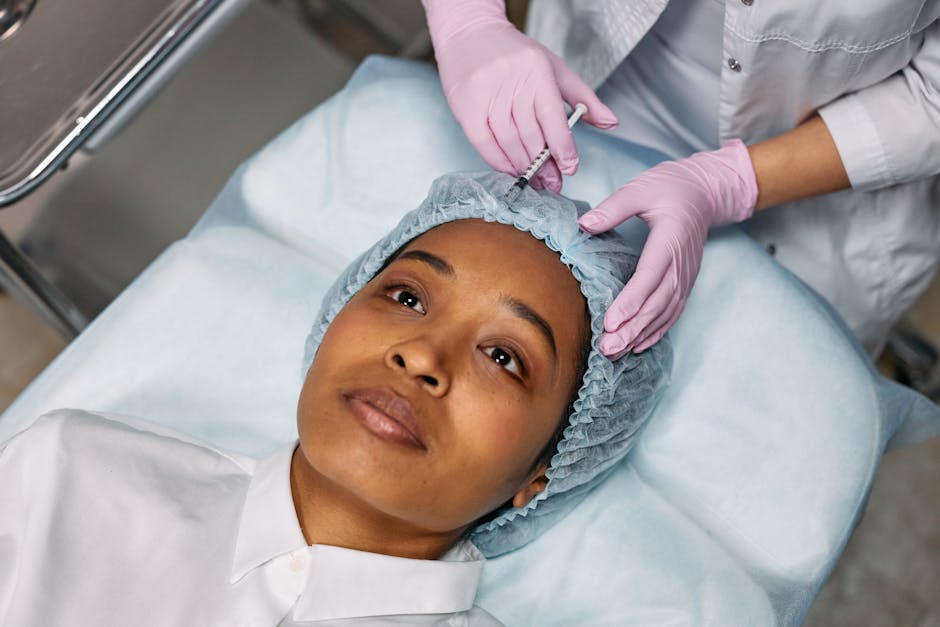Botox Treatment for Underarm Sweating: What You Need to Know
Excessive sweating, medically known as hyperhidrosis, is a condition that affects millions of people worldwide. While sweating is a natural body process, excessive sweating can cause discomfort, embarrassment, and social anxiety. One effective treatment option gaining popularity is Botox. This blog post will explore everything you need to know about Botox treatment for underarm sweating, including how it works, its benefits, potential side effects, and tips for those considering this treatment.
Understanding Hyperhidrosis
Hyperhidrosis is a condition characterized by excessive sweating beyond what is necessary to regulate body temperature. It can affect various parts of the body, but the underarms are among the most common areas. According to the International Hyperhidrosis Society, approximately 3% of the global population suffers from some form of hyperhidrosis.
Causes of Hyperhidrosis
The exact cause of hyperhidrosis is unknown, but it is believed to be related to overactive sweat glands. It can be triggered by stress, heat, or exercise, but some individuals experience excessive sweating without obvious triggers. Genetics may also play a role, as hyperhidrosis often runs in families.
How Botox Works for Underarm Sweating
Botox, or botulinum toxin type A, is a neurotoxin that temporarily blocks the release of acetylcholine, a neurotransmitter that stimulates sweat glands. By inhibiting the nerve signals responsible for sweating, Botox effectively reduces sweat production in the treated area.
The Procedure
Botox treatment for underarm sweating is a minimally invasive procedure. It involves injecting small amounts of Botox into the underarm skin, targeting the sweat glands. The procedure usually takes 20 to 30 minutes and can be performed in a dermatologist’s office.
Effectiveness
Studies have shown that Botox can reduce underarm sweating by up to 87% after the first treatment. Most patients notice a significant decrease in sweating within two to four days, with full results appearing within two weeks. The effects can last from six to twelve months, depending on the individual.
Benefits of Botox for Underarm Sweating
1. Improved Quality of Life: Reduced sweating can lead to increased confidence and reduced anxiety in social and professional settings.
2. Non-Surgical: Unlike surgical options, Botox is non-invasive and requires no downtime, allowing patients to return to their daily activities immediately.
3. Quick and Convenient: The procedure is quick, typically completed during a lunch break, making it convenient for busy individuals.
Potential Side Effects
While Botox is generally safe, it may cause some side effects, including:
1. Pain or Discomfort: Some patients experience mild pain or discomfort at the injection site.
2. Bruising or Swelling: Temporary bruising or swelling may occur but usually resolves within a few days.
3. Allergic Reactions: Although rare, some individuals may experience an allergic reaction to Botox.
Is Botox Right for You?
Botox is an effective treatment for many individuals struggling with underarm sweating, but it may not be suitable for everyone. It is important to consult with a qualified healthcare professional to determine if Botox is the right option for you. Consider factors such as your medical history, current health conditions, and treatment goals.
Tips for Considering Botox Treatment
1. Research Providers: Choose a reputable provider with experience in administering Botox for hyperhidrosis.
2. Discuss Your Concerns: Openly discuss any questions or concerns with your provider to ensure you have realistic expectations.
3. Follow Post-Treatment Instructions: Adhere to your provider’s aftercare instructions to minimize side effects and optimize results.
Conclusion
Botox treatment for underarm sweating offers a promising solution for those struggling with hyperhidrosis. By understanding how Botox works, its benefits and potential side effects, and considering your personal needs and health, you can make an informed decision about whether this treatment is right for you. If you’re interested in exploring this option, consult with a knowledgeable healthcare professional to discuss your concerns and embark on the path to a more confident and comfortable lifestyle.

